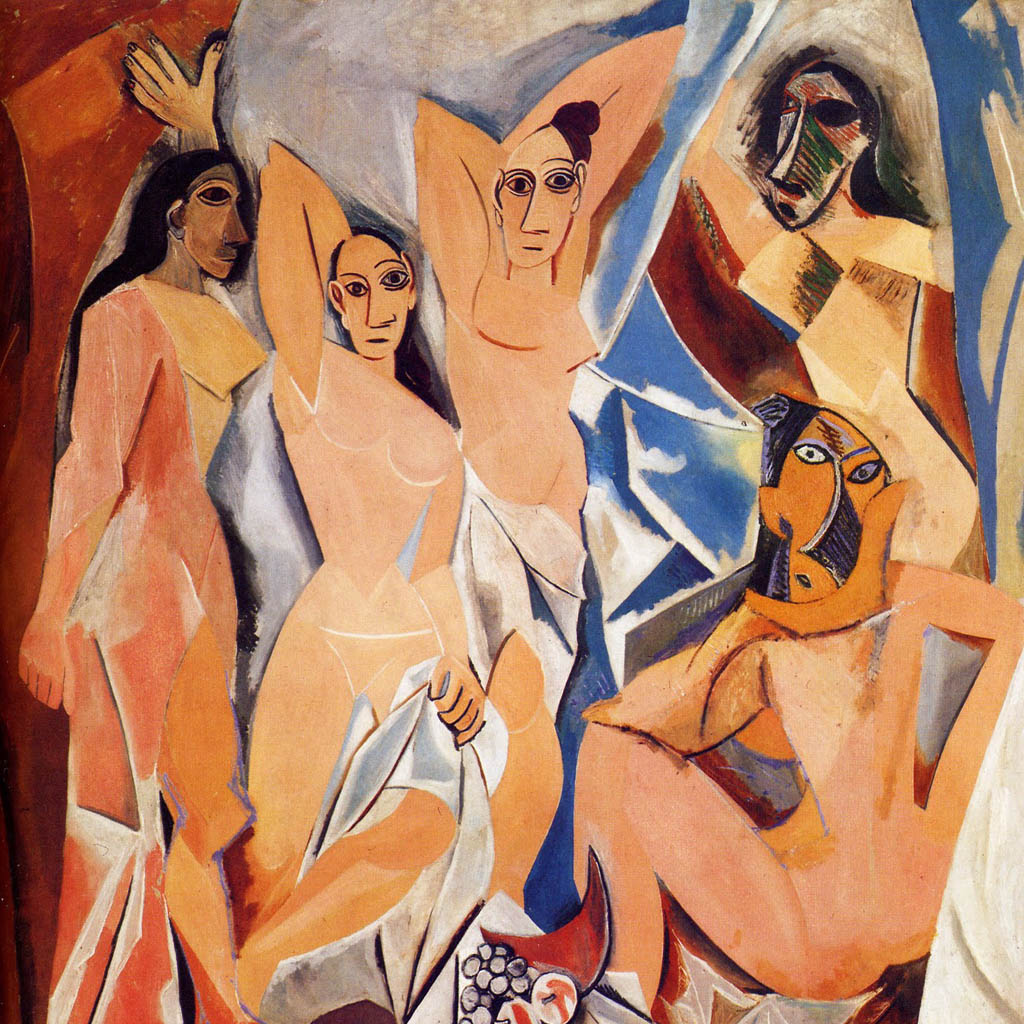Common Design Process Mistakes

In the modern world, we often tend to copy and paste solutions from different sources, but it won't work for us in case if we don't understand why we copy these solutions and how they will work for our needs or for the needs of our users. It's critical to know it.
During World War II American troops created airbases on remote pacific islands. To natives who never witnessed advanced technology it was surprising to see giant metal birds that landed on their land. They compared flights that came from the sky with gods.
They've seen these planes and all those technologies that come just from the sky. And they didn't know how these things worked. But they could see them land and what they liked about it was that they were getting free stuff from it.
Suddenly when the war was over all these airstrips were abandoned. Islands scratched their heads and thought how was that great when all these planes came out of the sky and gave them free stuff. They are really liked that.
They thought that it was their dead ancestors that were sending them cargo. So what they did then? They began going to the old airstrips and they built mock wooden airplanes to try and get those planes to come back from the sky and deliver those cans of corn and beef to them again.

Those remarkably detailed full-size replicas of airplanes were made of wood, bark, and vines. They also created a hut-like radio shack complete with headphones made of coconut halves, and attempts at recreating military uniforms and flags.
They primitively got in the trap where you think that if you modeling something without its core then it will work in the same way as in other places.
Similar behaviour in the design area
I noticed that we have a similar problem in the UX design nowadays. A lot of people are trying to re-create visual solutions from different sources to apply them on their products. But it's actually not quite right. Since those solutions that were made in other places can work for different purposes. By copying those solutions we can forget about this and create more troubles than solutions that really help human beings in something.

"Good artists copy, great artists steal" - Pablo Picasso
Many people understand this quote from different perspectives. In one point of view, it means that nothing is that original, and creativity is all about "remixing" what's been done before in interesting new ways. But in another point of view, it's about completely copying element to element work of another creator.
You can see above the most famous painting of Picasso. He didn't steal it somewhere. However, to paint it he experimented with many different styles and creative ways that were influenced by other artists. The total number of artworks he produced has been estimated at 50,000, comprising 1,885 paintings; 1,228 sculptures; 2,880 ceramics, roughly 12,000 drawings, many thousands of prints, and numerous tapestries and rugs. Imagine how much experience was flown through him so he could create things like this painting.
The same thing with the design nowadays. Designers need to create as many designs as possible. Of course, in the beginning, we all are trying to imitate complete design solutions in our works, but during the grow of experience we tend to copy less and we start to notice our unique style and vision. This statement is clearer for graphic design. And I just wanted you to warm up a little but before we start talking about more logical things, business and design process. Now, let's talk about UX design.
Modelling of UX design process
In the user experience design, we are more pay attention to the end goal, effective solutions and what business can grow from it rather than style, colors etc. Sometimes people try to copy design process and apply it to any kind of work. It could work in some of the cases. But in general, it's just guessing. And we need to avoid this approach as soon as we have enough experience in the work on design solutions.
You can start design workflow in many ways. Some people start with hand drawn sketches with raw ideas. Some people start work on interactive prototypes right away without sketches. Sometimes UX designers or firms start with deep research of the problem or idea. Thus, we have many different approaches. And the key point here is to choose right approach for a particular project or design task.
The reason why I started this article with those interesting and partly funny examples is that often designers or design firms do not choose a specific approach for a particular project. They have their own workflow or hierarchy and almost all projects are going through this structure. It is good for their business needs, because this approach is easy manageable.
However, individual approach is better in my opinion. Since, what works perfectly in one case doesn't work in another. These things are obvious but sometimes we forget about it. We can do deep research before start working on wireframes and prototype or we can immerse ourselves in sketches from the very first step.
Moreover, sometimes people start designing with code by using frameworks and default UI libraries. And only after some version of the product is ready people start search for UX consultant or designer to help them make their interface more user-friendly.
In case of startups it's often doesn't make sense to start with deep researches and spend on it months or even years. So, it's a good idea to create something and start gathering feedback from real users if we talk about product. We can have similar ideas, but I believe that each has his own unique vision.
But when our goal is to polish design solutions that we already have, then...
Each design element, each icon matters
It's always good to have your own unique icons and graphics throughout the product. Since it stands out of projects with a similar user interface. Sometimes products with polished unique UI become more successful than their competitors. So, paying attention to design details in already working product make sense.
As you can see there is many starting points and it depends on idea that you have, your goals and problems that you want to solve. Thus we can't apply one design workflow on many different projects. We can't take what worked in one case and apply it in your very different case.
I hope now you can avoid this mistake and pay attention to the design process. And find someone with flexible terms of work. It means that designer or design firm can learn your case and provide with a correct process of work. Similar to when doctor choose the correct way of treatment taking into account particular features of people. Or fitness couch write you an individual training program that works for you more effectively than general exercises.